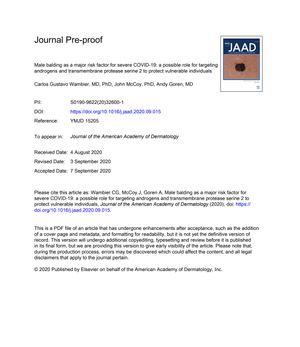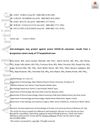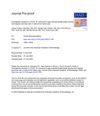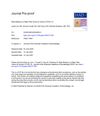Male Balding as a Major Risk Factor for Severe COVID-19: A Possible Role for Targeting Androgens and Transmembrane Protease Serine 2 to Protect Vulnerable Individuals
September 2020
in “
Journal of The American Academy of Dermatology
”

TLDR Severe male balding may increase the risk of serious COVID-19, and treatments that reduce androgens or block a specific enzyme might help protect these individuals.
The document suggests that male balding, specifically very severe baldness classified as Hamilton-Norwood scale (NHS) 4-7, may be a significant risk factor for severe COVID-19. The authors highlight that severe baldness was a better predictor of COVID-19 positivity than other factors such as hypertension, dyslipidemia, diabetes, obesity, or age. They propose that androgen sensitivity could be associated with SARS-CoV-2 infection through the promotion of transmembrane protease serine 2 (TMPRSS2). The document discusses a study with 78 patients that showed bromhexine hydrochloride, a TMPRSS2 inhibitor, led to better outcomes compared to standard treatment, with fewer ICU admissions and no deaths. Additionally, a prospective cohort study involving 77 hospitalized men indicated that those using anti-androgen drugs had a significantly lower ICU admission rate (8% vs. 58%). The authors suggest that targeting androgens and TMPRSS2 could be a strategy to protect vulnerable individuals from severe COVID-19.







